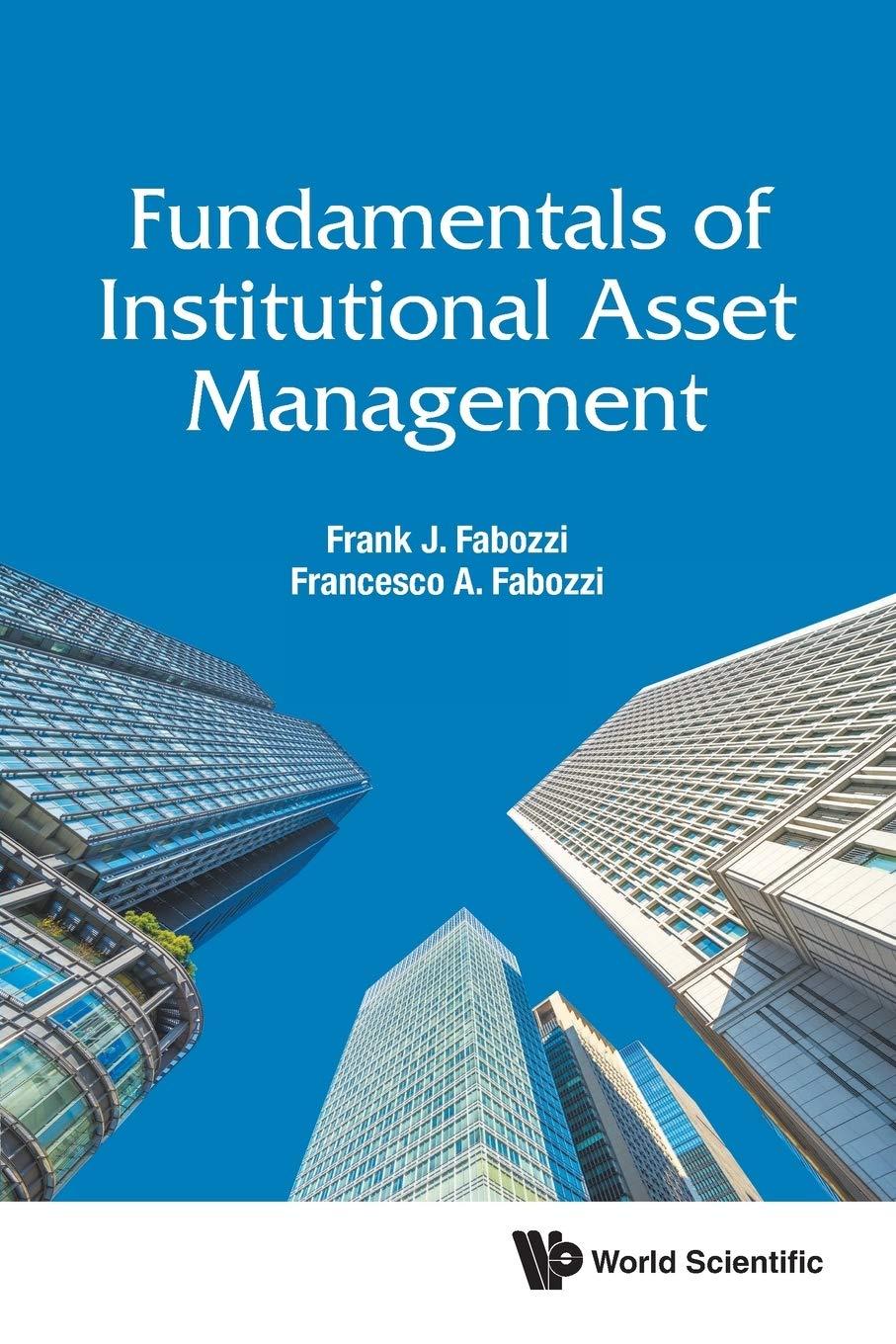Answered step by step
Verified Expert Solution
Question
1 Approved Answer
rer Share ECCUS One striking result above is that the value of equity is markedly lower when we include debt. This raises an important question:

rer Share ECCUS One striking result above is that the value of equity is markedly lower when we include debt. This raises an important question: Are the equity holders better or worse off as a result of adding debt? To understand the effects on equity holders, the following table examines the change in per share prices as our simple firm adds debt. In effect, we consider the same analysis as before, but we cast the results in terms of a recapitalization: The firm issues the debt and uses the proceeds to repurchase shares in the market. Fill out the table below, where the table is divided into a No Debt column (the market assumes the firm will have no debt) and a recapitalized column (the firm has competed the recapitalization). The analysis employs the asset valuation approach. The No Debt column asks you to calculate the price per share that reflects the anticipated value of the tax shield provided by the new debt. For this analysis, assume the firm has 20,000 shares outstanding initially and repurchases shares at a fair price when implementing the recapitalization No Debt Recapitalized Free Cash Flow 72.800 72,800 Discount rate for Operations Value of Operations Value of Tax Shield (1 x D) Enterprise Value Debt Outstanding Equity Value Price Without Tax Shield Value of Tax Shield Per Share Value of Tax Shield Price Reflecting Value Shares Repurchased New Shares Outstanding Price Post-Recapitalization rer Share ECCUS One striking result above is that the value of equity is markedly lower when we include debt. This raises an important question: Are the equity holders better or worse off as a result of adding debt? To understand the effects on equity holders, the following table examines the change in per share prices as our simple firm adds debt. In effect, we consider the same analysis as before, but we cast the results in terms of a recapitalization: The firm issues the debt and uses the proceeds to repurchase shares in the market. Fill out the table below, where the table is divided into a No Debt column (the market assumes the firm will have no debt) and a recapitalized column (the firm has competed the recapitalization). The analysis employs the asset valuation approach. The No Debt column asks you to calculate the price per share that reflects the anticipated value of the tax shield provided by the new debt. For this analysis, assume the firm has 20,000 shares outstanding initially and repurchases shares at a fair price when implementing the recapitalization No Debt Recapitalized Free Cash Flow 72.800 72,800 Discount rate for Operations Value of Operations Value of Tax Shield (1 x D) Enterprise Value Debt Outstanding Equity Value Price Without Tax Shield Value of Tax Shield Per Share Value of Tax Shield Price Reflecting Value Shares Repurchased New Shares Outstanding Price Post-Recapitalization
Step by Step Solution
There are 3 Steps involved in it
Step: 1

Get Instant Access to Expert-Tailored Solutions
See step-by-step solutions with expert insights and AI powered tools for academic success
Step: 2

Step: 3

Ace Your Homework with AI
Get the answers you need in no time with our AI-driven, step-by-step assistance
Get Started


